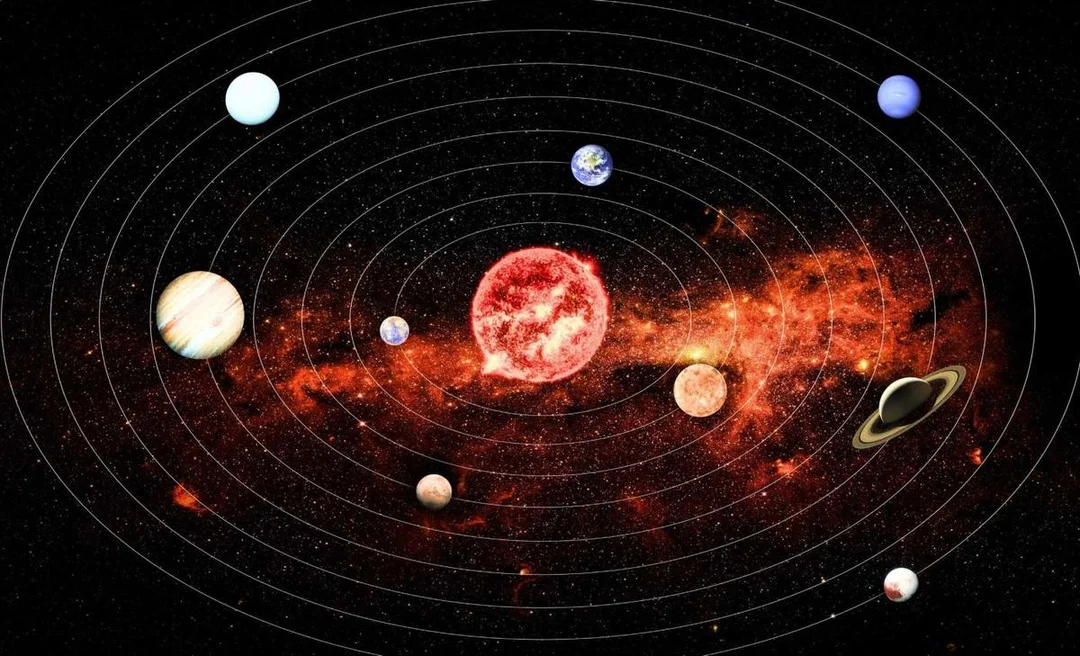
Planet Nine: Fresh Evidence Suggests Hidden World Lurks in Our Solar System – Could the Vera C. Rubin Observatory Finally Find It?
The elusive Planet Nine, a hypothetical world lurking far beyond Pluto, has captivated astronomers for years. Now, new research suggests that this distant planet might actually exist, and we may be closer than ever to finding it. Let's delve into the latest evidence and explore how the Vera C. Rubin Observatory could revolutionize the search.
Scientists at Rice University claim to have compelling new evidence supporting the existence of Planet Nine. Their research, based on complex simulations, indicates a 40% chance that a Planet Nine-like object is hiding in our solar system. This isn't just wishful thinking; the team also proposes a method for finding it.
The key? The Vera C. Rubin Observatory, nestled on a mountaintop in Chile. Boasting the largest camera ever built, this observatory is poised to send back its first images within weeks. Researchers believe the observatory's unparalleled ability to survey the sky in depth and detail could significantly advance the search.
"With its unparalleled ability to survey the sky in depth and detail, the observatory is expected to significantly advance the search for distant solar system objects, increasing the likelihood of either detecting Planet Nine or providing the evidence needed to rule out its existence," the researchers stated.

Planet Nine, theorized by Caltech astronomers in 2016, is believed to be five to ten times the mass of Earth, orbiting our sun on an extremely elongated path far beyond Pluto. Its existence could explain the peculiar orbits of certain smaller objects within the Kuiper Belt.
Andre Izidoro, lead author of the study, describes the early solar system as a "cosmic arcade" where planets were flung around due to gravitational interactions. Some ended up ejected, while others, under the right circumstances, were trapped in extremely wide orbits.
The study also suggests that chaos in the early solar system, particularly the growth of Uranus and Neptune, may have played a role in sending Planet Nine to its theorized wide orbit. Nathan Kaib, another study author from the Planetary Science Institute, explains that a planet's orbit can become "decoupled" from the inner planetary system, essentially freezing it in place.
The Vera C. Rubin Observatory is scheduled to begin operations as early as July 2025, potentially revolutionizing our understanding of the outer solar system.
The search for Planet Nine is more than just finding a new world; it's about understanding the fundamental processes that shape planetary systems throughout the galaxy. Could the Vera C. Rubin Observatory finally unveil this hidden world? What are your thoughts on the existence of Planet Nine? Share your opinions in the comments below!